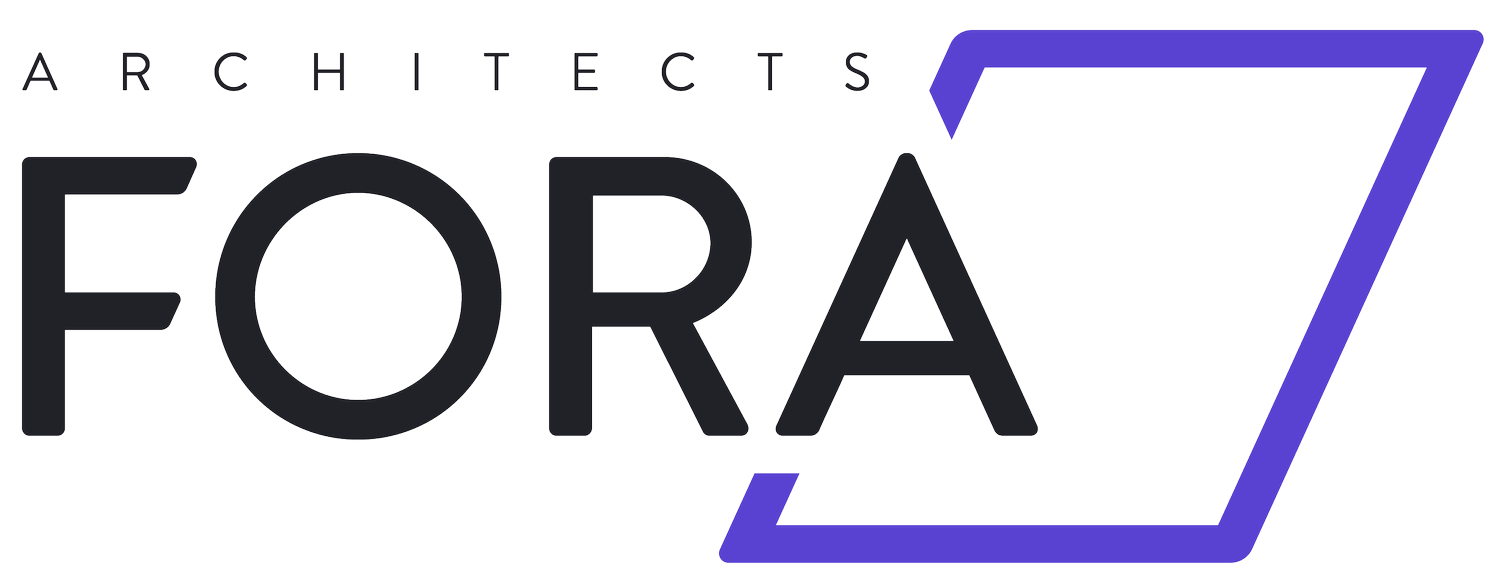First FORAship Awardee!
Meet Rosanna Valencia, our newest team member and first FORAship awardee!
We were blown away by her fascinating undergraduate research exploring the effects of food accessibility and corner store design in a marginalized neighborhood, the epic list of activities and accolades on her resume, her glowing letter of recommendation, and most importantly, her passion for community-centered design.
Joining us virtually from New York, Rosanna received her B.S. in Architecture from the University at Buffalo and will be starting her M. Arch this fall at the Rhode Island School of Design, where she was awarded the Presidential Fellowship. Situated in an art school, she is looking forward to the flexibility of RISD’s architecture program to fit her broad range of interests. She is excited to be able exercise her creativity within the curriculum that RISD has to offer. “I wanted to enter a program that is flexible and will allow me to strengthen my design thinking and cultivate my creativity”. As a Presidential Fellow, she will be exposed to additional mentorship and opportunities to enhance her academic experience.
Rosanna has had an interest in architecture since a young age and is inspired by her upbringing in the Dominican Republic. She believes that housing is a human right, and that it is the foundation that shapes our being. Architecture for her is about utilizing design to enhance people's health and quality of living, and in turn being able to strengthen communities.
Rosanna found out about the scholarship opportunity through a mutual connection and now co-worker, Nicole who also attended the University at Buffalo. “Nicole shared how much she enjoyed working for the firm and it sparked my interest to learn more about the office.” When asked about her thoughts about the scholarship she says “It is an ideal opportunity in which students are able to balance school and professional development. Working in an office that is already remote also helps in terms of time management and opportunities for flexible scheduling. The program will offer a huge financial relief to help in my expenses, also making it easier to transition and adjust to my studies. I think it’s a model that other architectural offices should consider adapting to help retain emerging professionals in the field.”
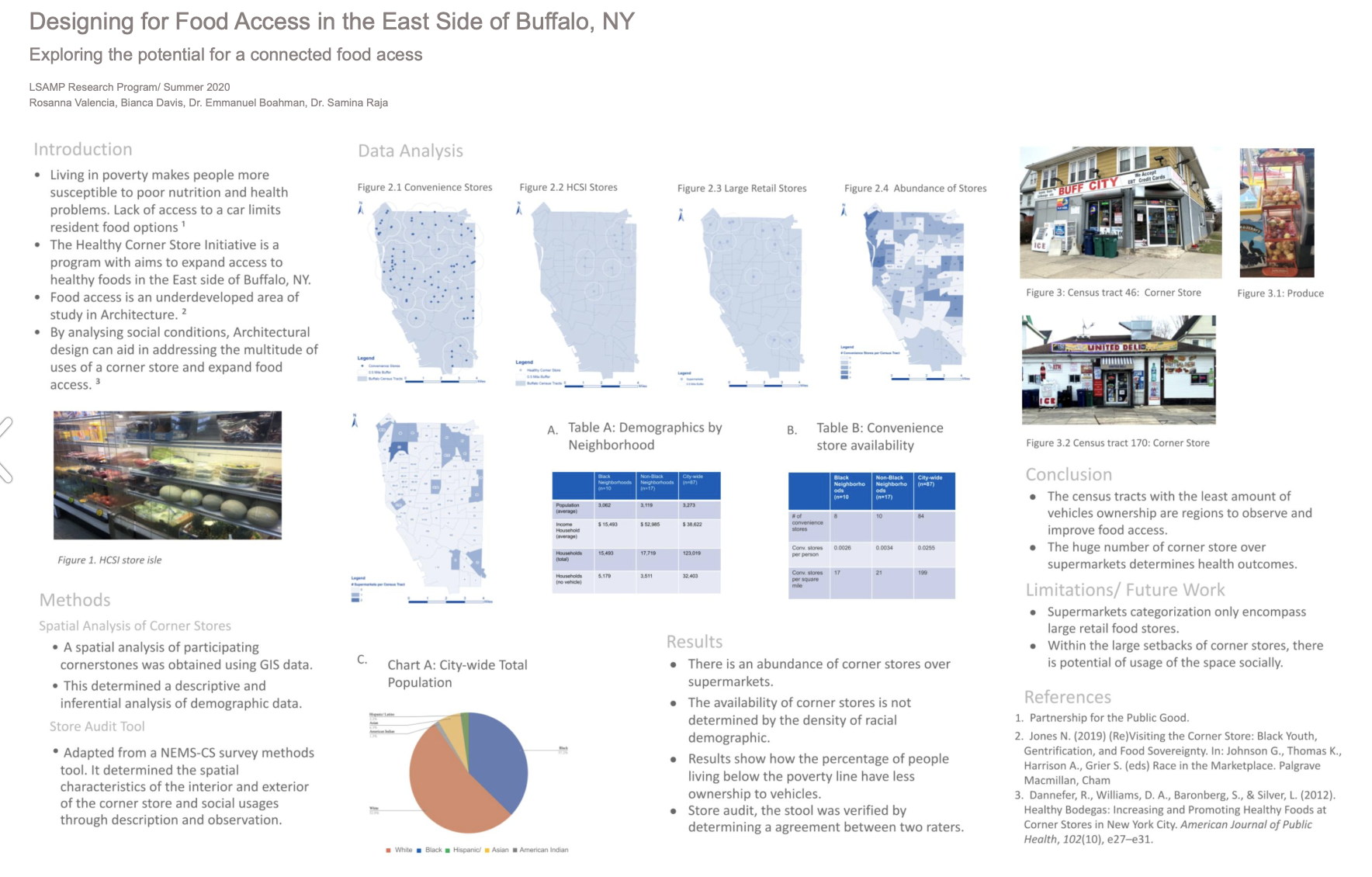
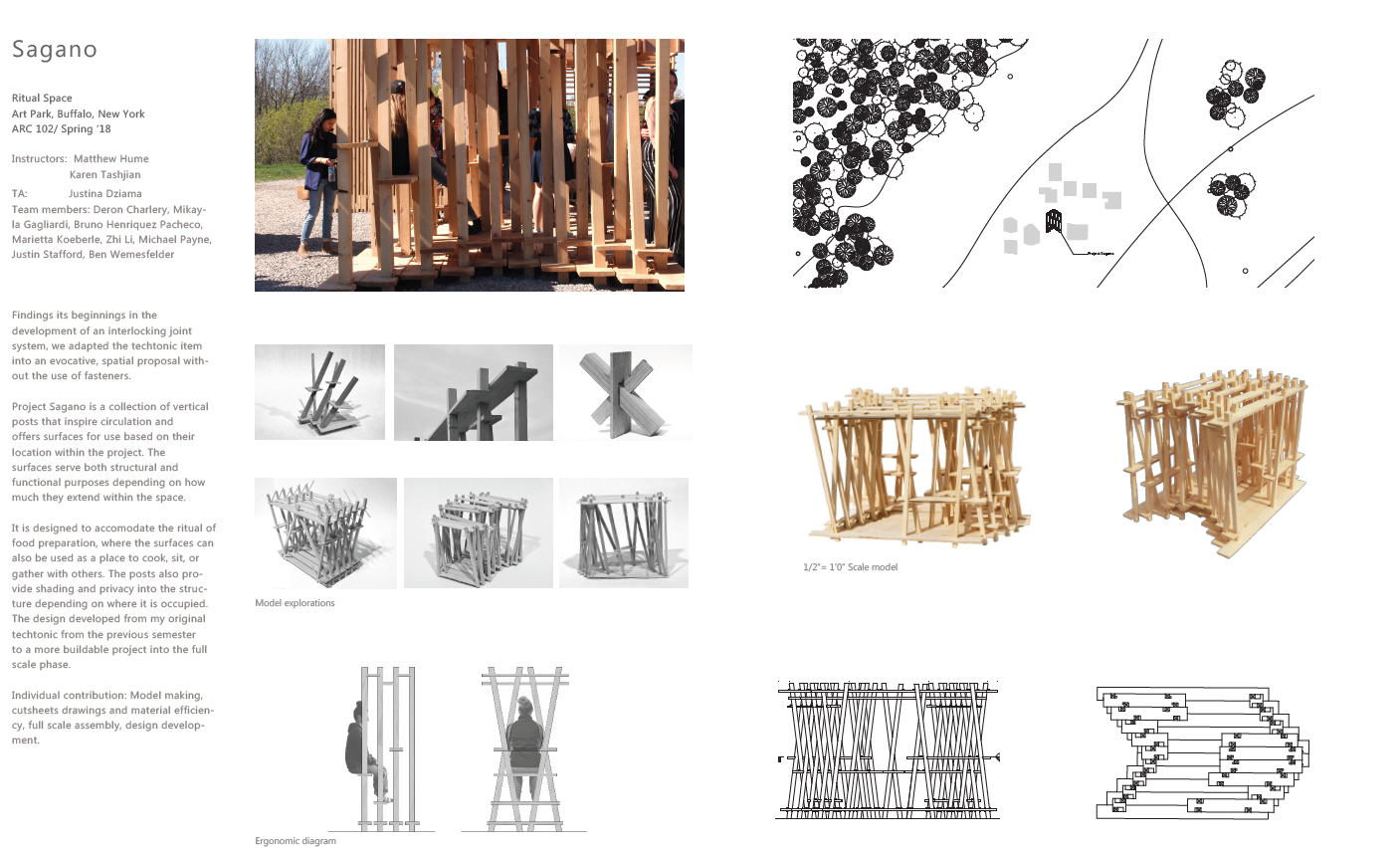

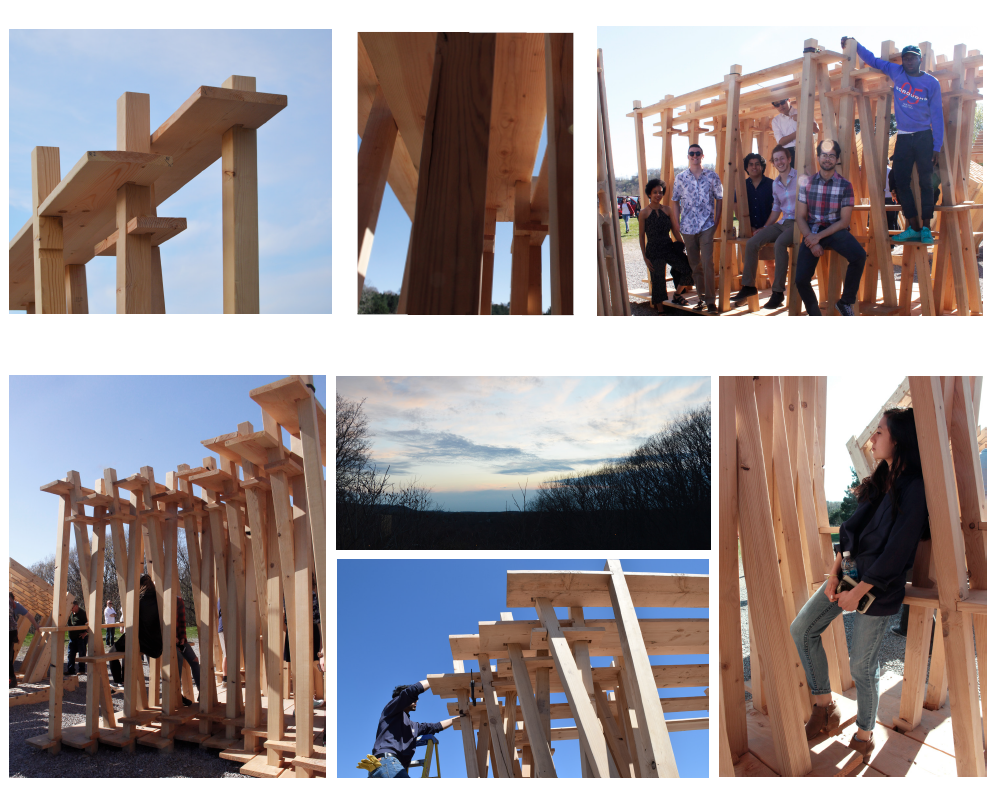

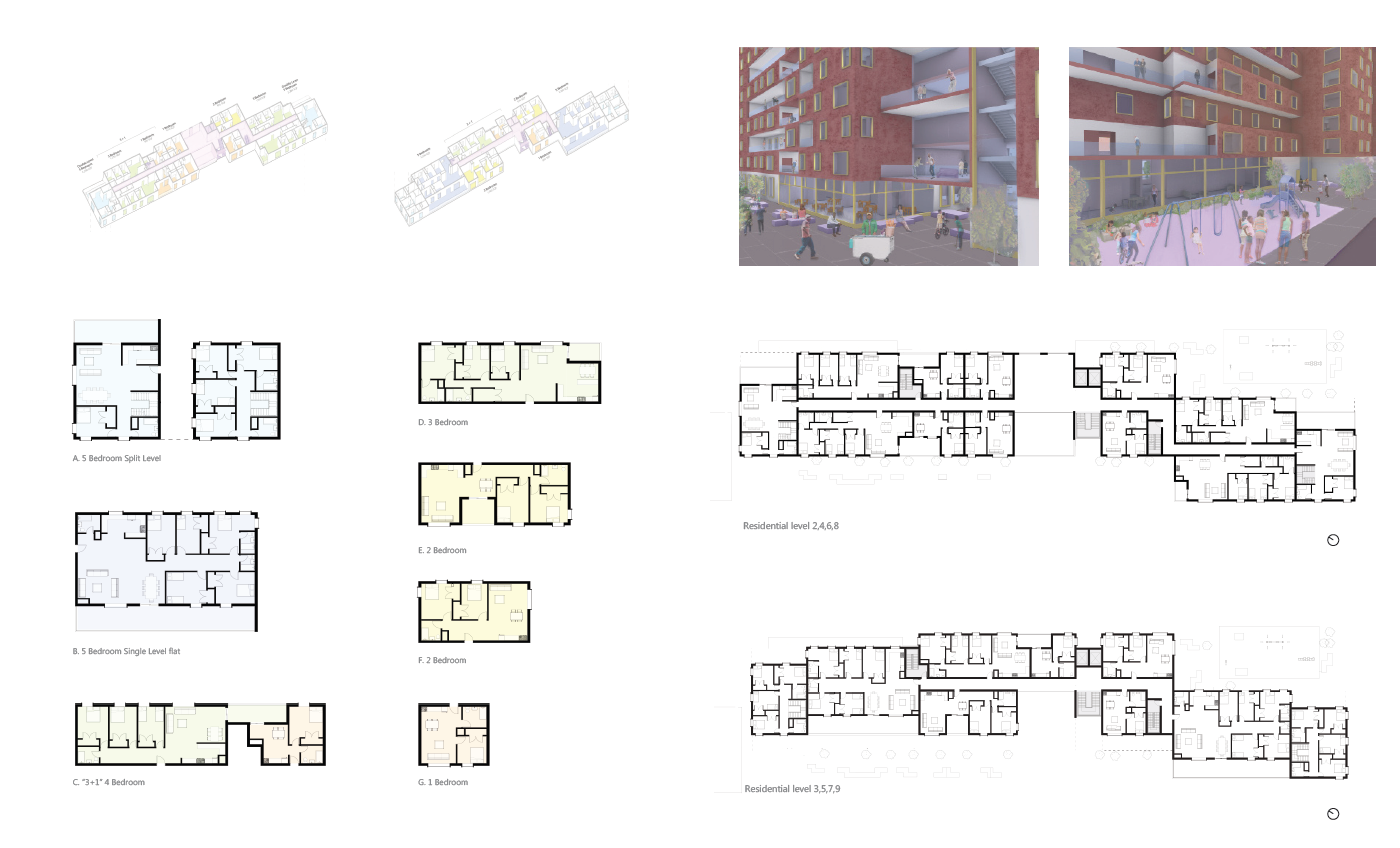
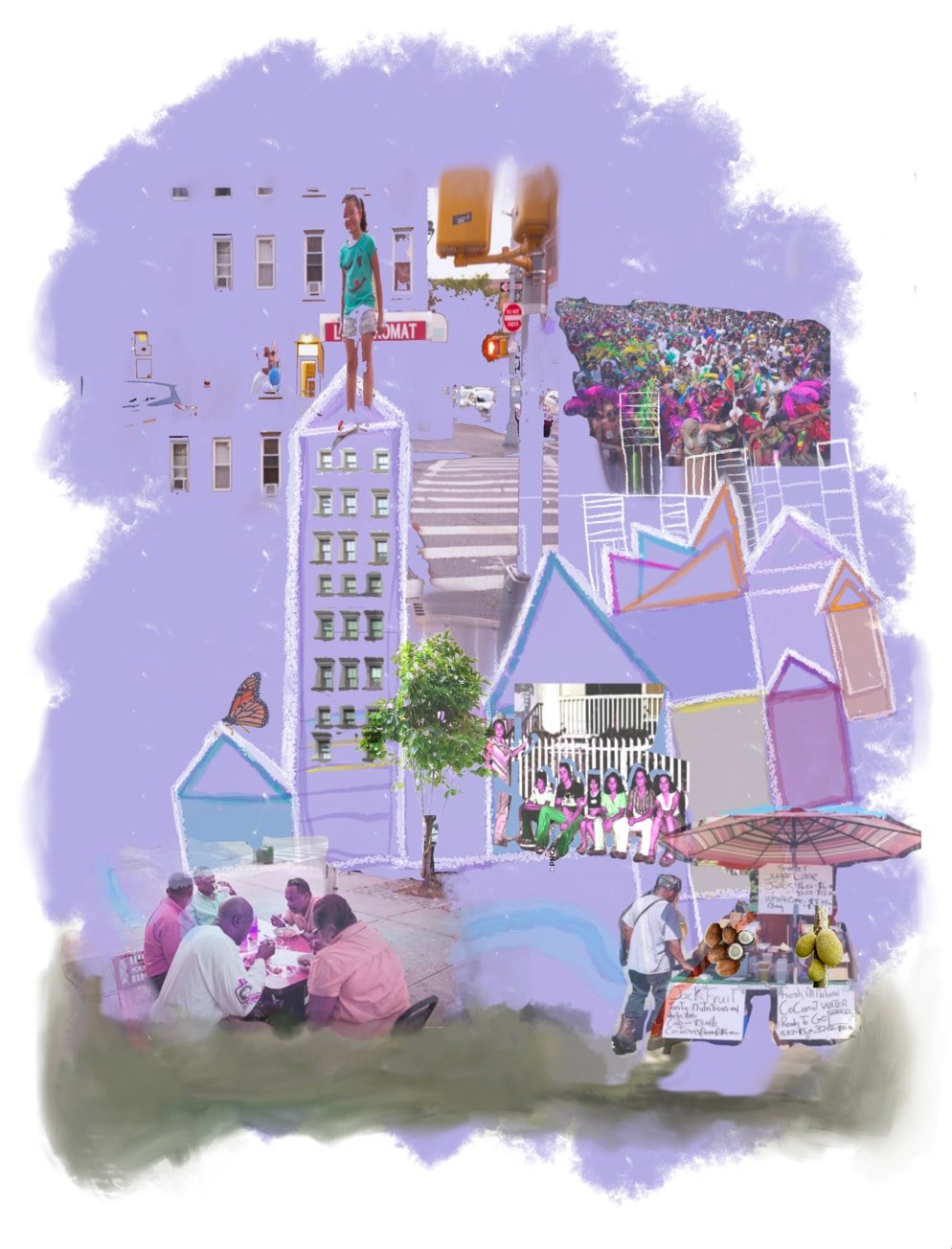
What unique voice do you bring to architecture that you feel is currently missing in our profession?
I believe that architecture firms should reserve the time to prioritize collaboration amongst leaders of our built environment, as well as with the residents that experience it. We should hold space to incorporate the input of people that reside in the neighborhoods where the project takes place or where it will be constructed. Residents are the experts of their cities, communities, and neighborhoods and are after all the client for which we serve when making design decisions. This process should not be an afterthought or part of initial research that is later left out of the design process. I believe that a lot can be discovered through careful engagement as well as interdisciplinary work, and that these methods can inform and lead us to new effective discoveries about what architecture is to diverse groups of people.
What are you currently working on, and what are you looking forward to?
In my 2 months working here, I am really inspired by the range of projects taken on at FORA Architects. I am particularly inspired by architects working at the intersection of the social sciences and public health, which I have been able to learn about through virtual conferences and webinars. I have been working on developing the firm's first post-occupancy report for Leigh Ave Apartments, a permanent supportive housing development housing formerly homeless individuals in San Jose, CA. I have worked in marketing initiatives developing the firm's newsletter and blog initiates, and will soon transition into the Grace Village apartments team. I am really looking forward to working on my first project and learning about the different project phases in architecture.
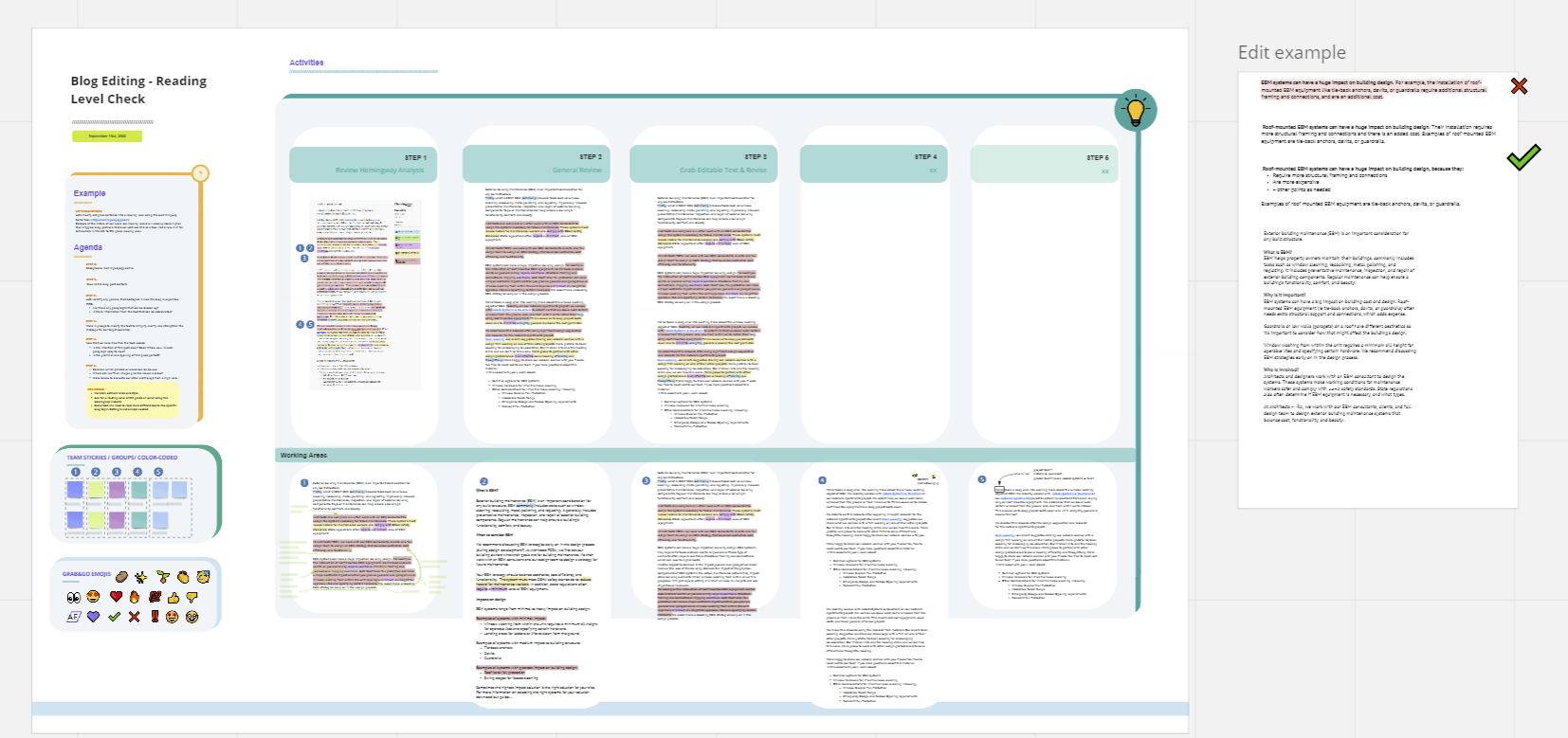
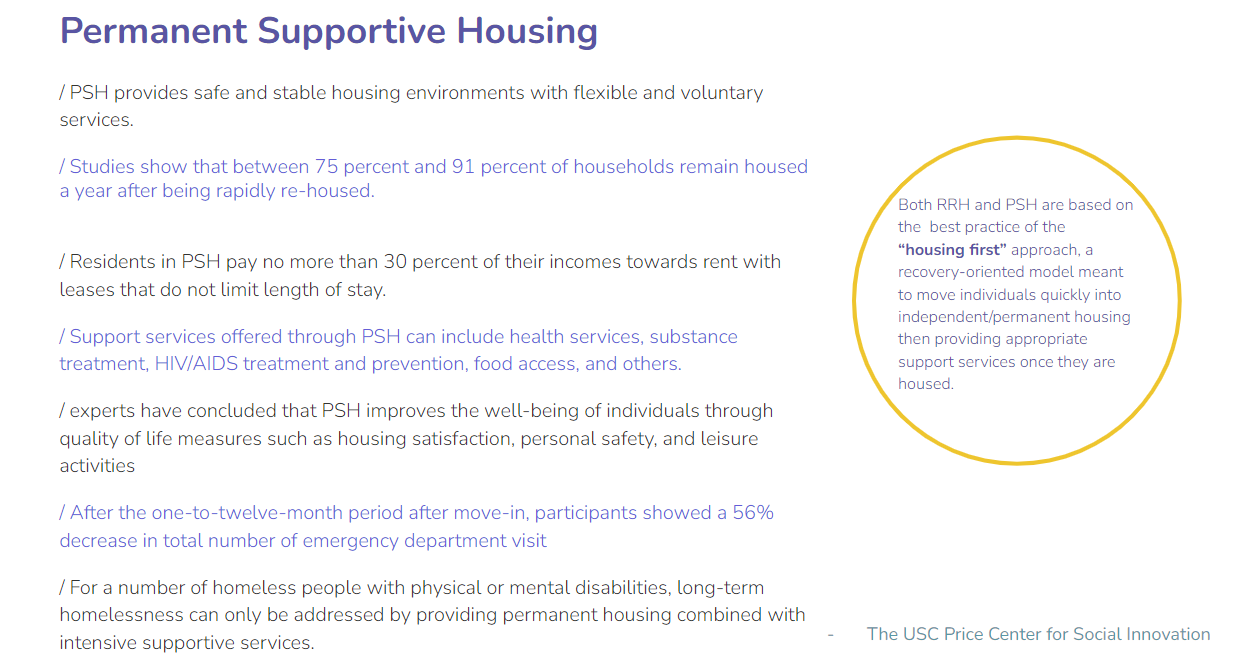
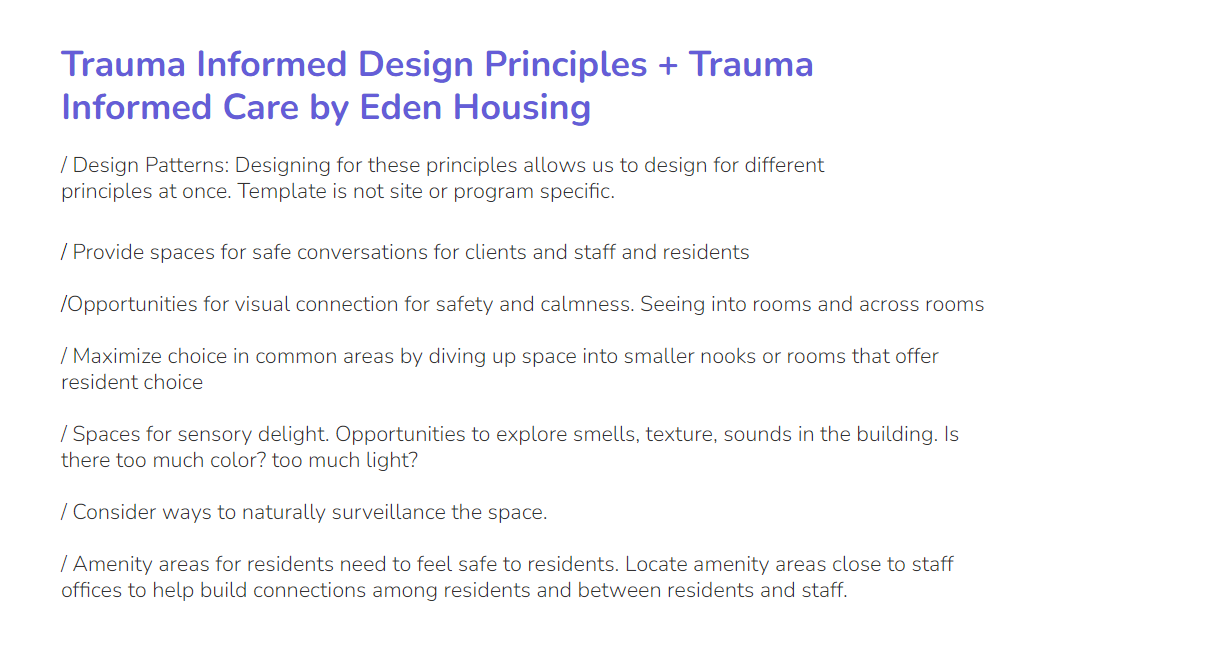
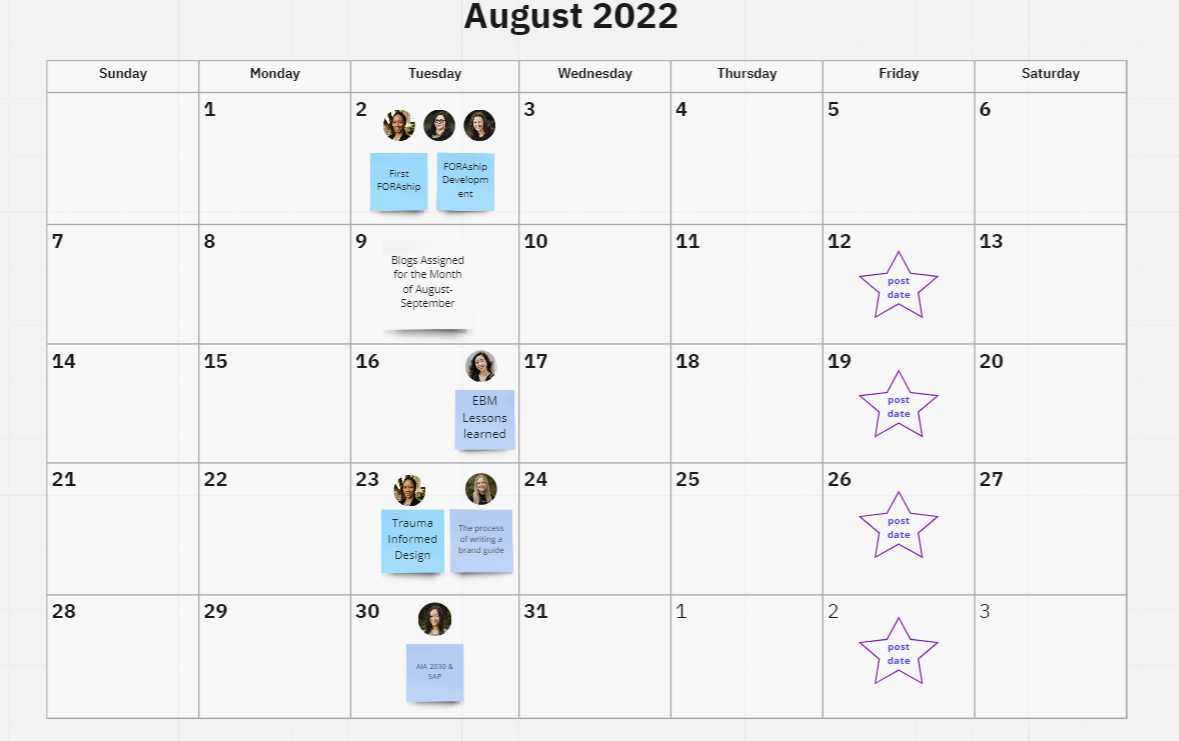
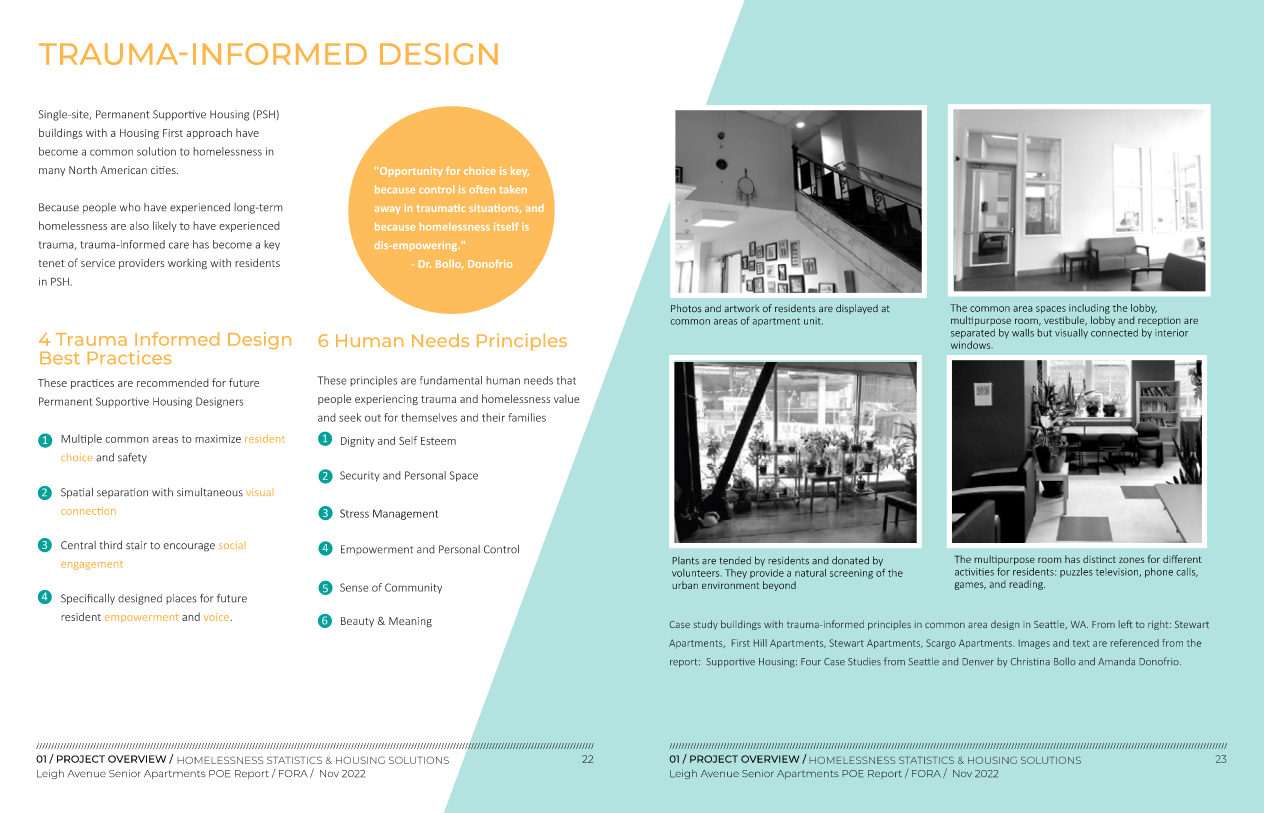


Blog writing design charrette, Trauma Informed Research and Permanent Supportive Housing report out created by Rosanna Valencia
What is it like being a fully remote intern?
The remote model at FORA feels really effective. I can engage with the different projects and connect with my team members when I need to. It feels like I can still keep up with my personal life and events, especially during the summer months before going back to school.
Do you have any advice for students seeking internships?
The architecture curriculum is usually very demanding. I would encourage students to take part in and seek out extracurricular activities and projects that interest them outside of their classes. Focusing on what your interests are is really important. I took on a lot of projects in my undergraduate studies and it was through these opportunities that I was able to make connections with faculty and alumni.
Outside of architecture, Rosanna enjoys oil painting, sewing, upcycling clothes, and making new out of the old.
The FORAship award is a scholarship and internship program designed to provide underrepresented students with experience in the practice of architecture. To learn more about the history of the FORAship, visit here. To see details about the eligibility and submission requirements for next year’s FORAship, visit here.
Further reading:
Rebuilding the Built Environment: Pedagogy in Practice
